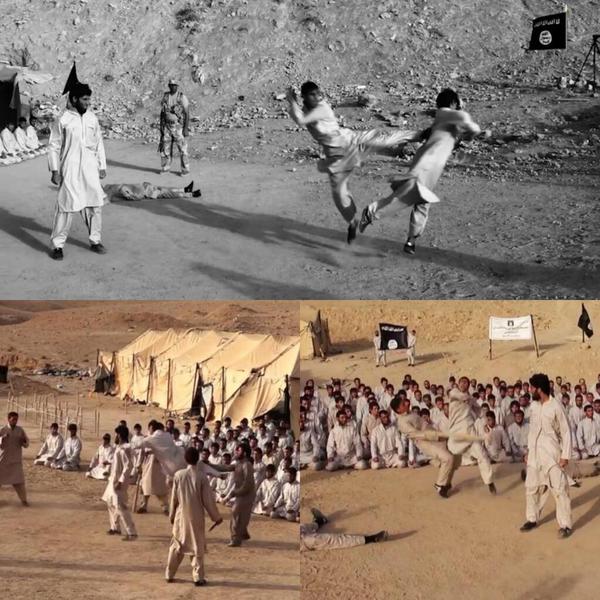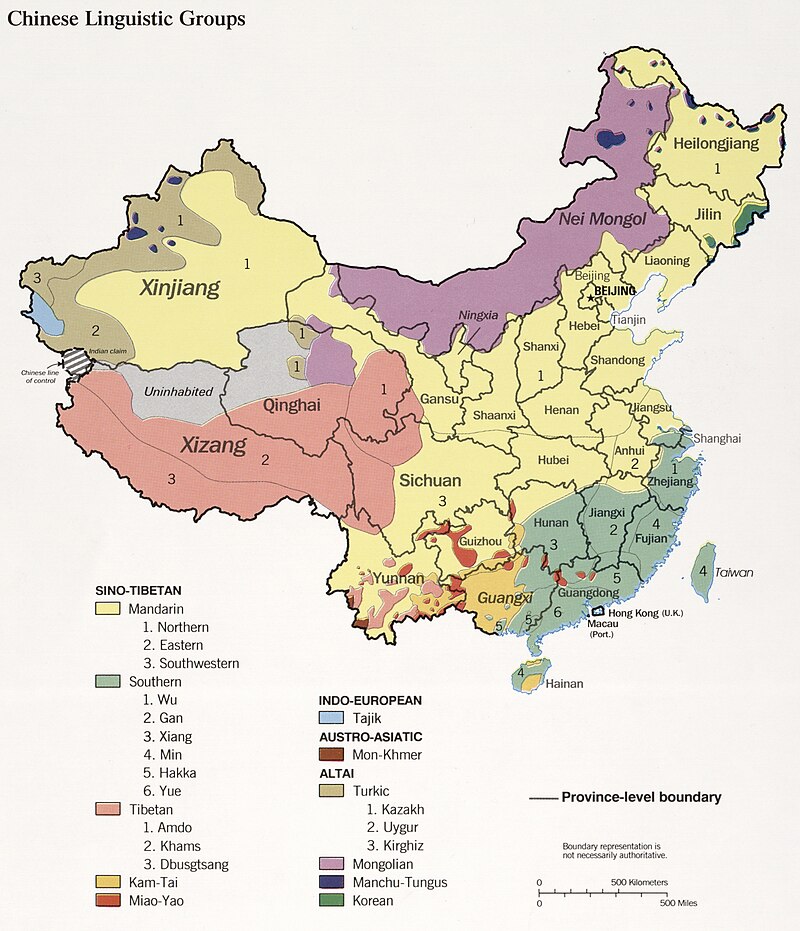That's true, but, we do have the capability of blowing away any country in the middle east, or the whole of the middle east, if we chose to do so.
I'm not wanting that, but sometimes, collateral damage is worth it. I don't have to make those decisions, that's why I vote for people I trust make them for me.
Your "in color" remarks above reflect the sort of myopic political and policy related expression that many Americans, perhaps even people in general, are prone. They are aware of one detail's verity and based on it, and it alone, make utterly ridiculous statements -- largely because, IMO, they think it sounds good and shows their boldness and bravado -- never bothering to make so much as a the slightest bit of effort to look just a little bit beyond that "oh, so obvious" truth of which they and the whole friggin' planet are aware. Devling just below the surface would reveal more details that show that matters aren't as easily resolved as their puerile statements imply.
The map above shows where ISIS, as of February 2015, had
key strongholds.
My comment about what people believe has very little to do with whether the U.S. could "blow away any country in the Middle East" and what folks do or don't believe about our ability to do so. It doesn't because that is a fact. It has everything to do with the uncertainty associated with whether doing so would "end ISIS."
One need only look at some of the other facts pertaining to ISIS to see why devastating some half a dozen or more countries would not "end ISIS." Quite simply, ISIS haven't the same dependency on infrastructure, technology and so on that the U.S., or anything one can consider a nation state, does. Absolutely, a military campaign against ISIS (and/or the countries in which it has strongholds) is one that meets the definition of
asymmetric warfare (see also: "
Defining Asymmetric Warfare" )
Just look at those photos. What material impact is bombing places like that, or the entire country in which such camps and hubs of strength exist, going to have? It's going to create craters. That's essentially it. Yes, surely some of the ISIS members will die too, but just as Bin Laden and elements of his forces were able to survive and evade annihilation by taking advantage of the terrain, so to can and will ISIS' members. It's not as though doing so is all that difficult; they just need to dig "holes" and let the land itself protect them. And what do they need to do that? Shovels, hand axes and containers of some sort to move dirt and rubble, but in a pinch of desperation, sharp rocks and cupped hands will do.
The photos above show just one thing one might have found by looking just below the surface. They show that ISIS is not heavily dependent on the infrastructure that bombs are very good at destroying. Watching the video found
here will show that even outside their training camps, they have very little reliance on the things we consider essential. (I discussed this to some extent
here i
n the section headed "Why the approach I described is the one I'd take.") Those facts alone show the relative insufficiency of bombing as a means of "ending ISIS."
This post is already longer than I wanted it to be, so I'm going to defer addressing the moral/ethical and economic folly of the statement you made about collateral damage. Neither will I here explore the absurd notion that "Washington needs to distract people and ISIS being a tool it uses for doing so." If you insist, however, I'm more than willing to do so in a later post.



